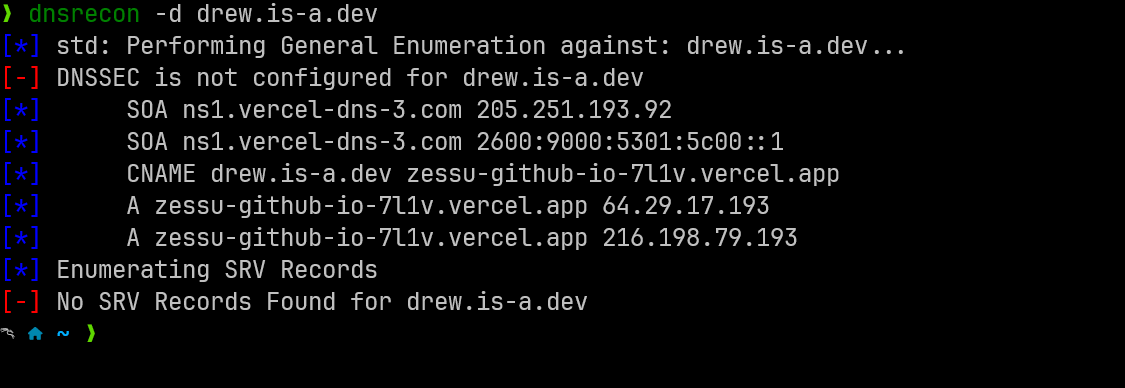How The Domain Name System Works
Domain Name System helps translate a domain e.g example.com to an ip address that a computer can use to communicate over the internet e.g 172.217.14.174.
When you type a domain on your browser e.g, www.google.com, your browser checks its application cache to see if it has the IP address for google.com. This just helps it respond faster. If it has no records, it asks the Operating System which stores its own records. Typically once DNS resolution happens these caches are usually updated.
If the operating system doesn’t have the domain, it now has to go out to the DNS system, which is a globally distributed network of computers that help with domain name resolution. Your OS will either come preconfigured with some popular DNS IPs e.g Google’s 8.8.8.8 8.8.4.4 or Cloudflare’s 1.1.1.1. If not, it can use DHCP - Dynamic Host Configuration Protocol to get this information from your router or other devices on your network.
🌐 The DNS System Structure
The DNS system follows the following structure as it tries to resolve your domain names to IP addresses.
Root Name Servers → Top Level Domain Servers → Name servers
🧊 Root Name Servers
These servers do not know the IP address of your specific service, but they know which TLD servers are responsible for which domains e.g .com or .africa. Their main job is to direct DNS queries to the appropriate Top Level Domain server.
🔝 Top Level Domain Servers
These store top level domains. A top level domain example is .com .gov .za .ru .usa .africa.
If you have a .africa domain, there are set of top level domain servers that will contain information about domains in that zone.
TLD servers resolve name servers e.g we want to go to andrew.africa, so now that we are on the server that resolves .africa we need to know who hosts andrew.africa. Name Servers do this, so TLD Servers point us to Name Servers.
🏢 Name Servers
Name servers contain the actual records for your domain. e.g the IP of your server. These are also typically domain registrars but they might not be.
When we build applications and buy a domain from godaddy, e.g andrew.africa we need to point all traffic to our new domain to our server. So if we are running our app on vercel we need to point all traffic to andrew.africa to vercel where our app is running. This involes updating a bunch of records on the name server. We typically do this on their dashboards.
Vercel will give you A AAAA CNAME records to add to your name server records. This is how the Name Server knows the IP of your service and responds to domain resolution requests with an IP address.
📋 Common DNS Record Types
This is what those records do and what they mean
🟢 A Records
Points to an IPV4 address e.g 10.67.12.11 - your vercel app. Vercel will take care of the port configuration
🔵 AAAA Records
Point to an IPV6 address e.g 2001:0db8:85a3:0000:0000:8a2e:0370:7334
🟡 CNAME
Maps subdomains e.g mail.andrew.com, app.andrew.com to different subdomains in vercel e.g mail.andrew-site.vercel.app and app.andrew-site.vercel.app
🟣 MX Records (Mail Exchange)
Records that tell other people where your valid emails come from.
🖤 TXT Records (Text Records)
Vercel might ask you to put a TXT record on your name server containing a certain value so it can validate you are in control of that domain. This prevents abuse e.g pointing domains to domains you do not own like pointing coinbase.com to your app assuming coinbase.com was also served by vercel and general abuse.
🔄 After Registering Your Domain
Once you register a domain and update its DNS records (e.g., with A or CNAME entries), it typically takes some time for those changes to propagate across the global DNS network. This usually takes minutes to hours, but sometimes up to 48 hours. Once complete, users around the world will be able to reach your website via the new domain.
🔁 Example DNS Resolution Flow
A resolution for example.com goes to:
Root Name Server → The TLD .com → Name Server (e.g GoDaddy) → resolves to Vercel’s CDN
Here are example DNS records for this domain
